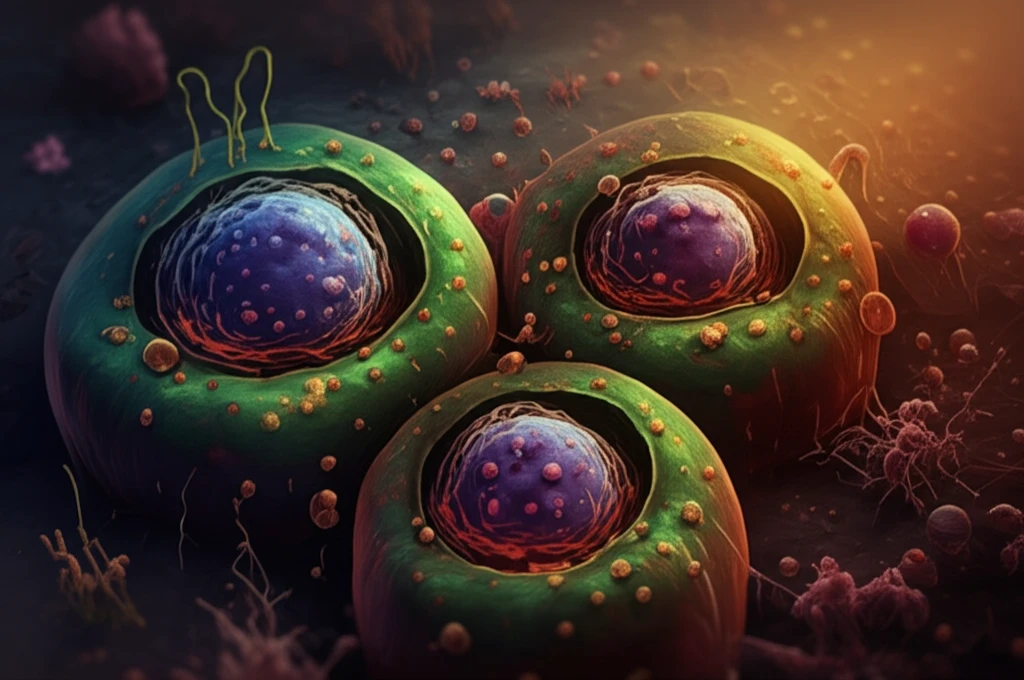
Cathepsin B: The Multi-Faceted Enzyme You Need to Know About
"Unveiling the Role of Cathepsin B in Cancer, Alzheimer's, and Cardiovascular Health"
In the intricate world of human biology, enzymes play pivotal roles, orchestrating countless processes essential for life. Among these enzymes, Cathepsin B stands out due to its diverse and often contradictory functions. Initially recognized for its role within lysosomes – the cell's recycling centers – Cathepsin B has been implicated in a wide array of conditions, from cancer progression to neurodegenerative diseases and cardiovascular ailments.
This enzyme belongs to the papain-like cysteine protease superfamily and is synthesized as a preproenzyme. Its journey within the cell is complex, involving modifications, transport, and activation. What makes Cathepsin B particularly intriguing is its Jekyll-and-Hyde nature: while it performs essential housekeeping duties within the lysosome, its misregulation or relocation can contribute to the development and progression of several diseases.
This article delves into the multifaceted roles of Cathepsin B, exploring its involvement in various diseases and discussing potential therapeutic strategies targeting this enzyme. By understanding its complex behavior, we can unlock new avenues for treating some of the most challenging health conditions.
Cathepsin B: The Cellular Swiss Army Knife

Cathepsin B’s primary function is to break down proteins within lysosomes. Think of lysosomes as the cell's waste disposal and recycling system. Within these organelles, Cathepsin B helps degrade unwanted or damaged proteins into their building blocks, which the cell can then reuse. This process is crucial for maintaining cellular health and function.
- Normal Function: Protein degradation within lysosomes.
- Role in Disease: Promotes cancer invasion and metastasis by degrading the extracellular matrix.
- Activation: Activated by cleavage and dissociation of its proregion.
Future Directions: Targeting Cathepsin B for Therapy
Given its involvement in multiple diseases, Cathepsin B has emerged as a potential therapeutic target. Researchers are exploring various strategies to inhibit its activity, aiming to prevent or slow down disease progression. Several inhibitors of Cathepsin B have been developed, some of which have shown promise in preclinical studies. However, challenges remain in developing inhibitors that are specific to Cathepsin B and can effectively reach the target tissues without causing significant side effects. Further research is needed to fully understand the complex roles of Cathepsin B and to develop effective and safe therapies targeting this enzyme. Understanding this complex behavior, could unlock new avenues for treating some of the most challenging health conditions.
